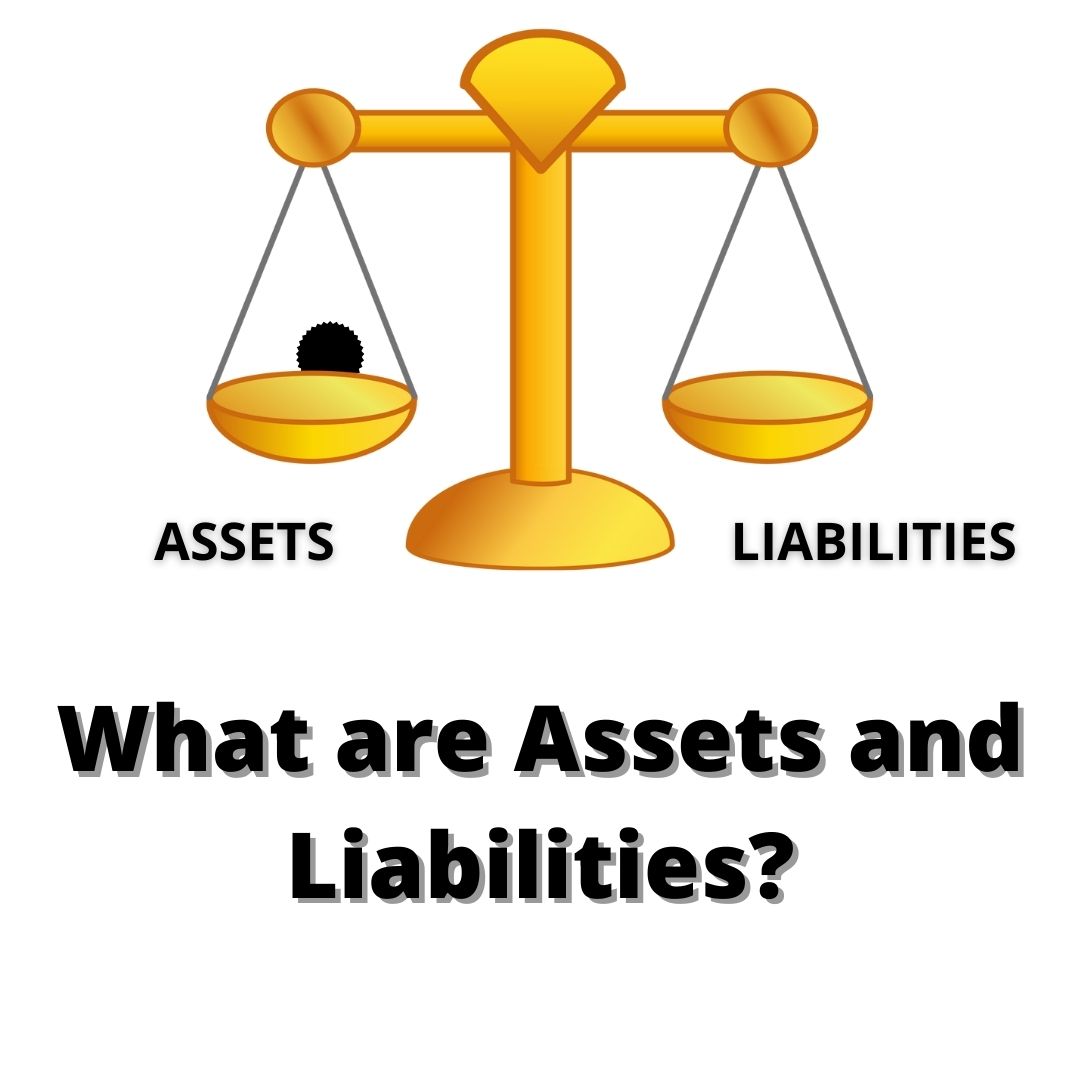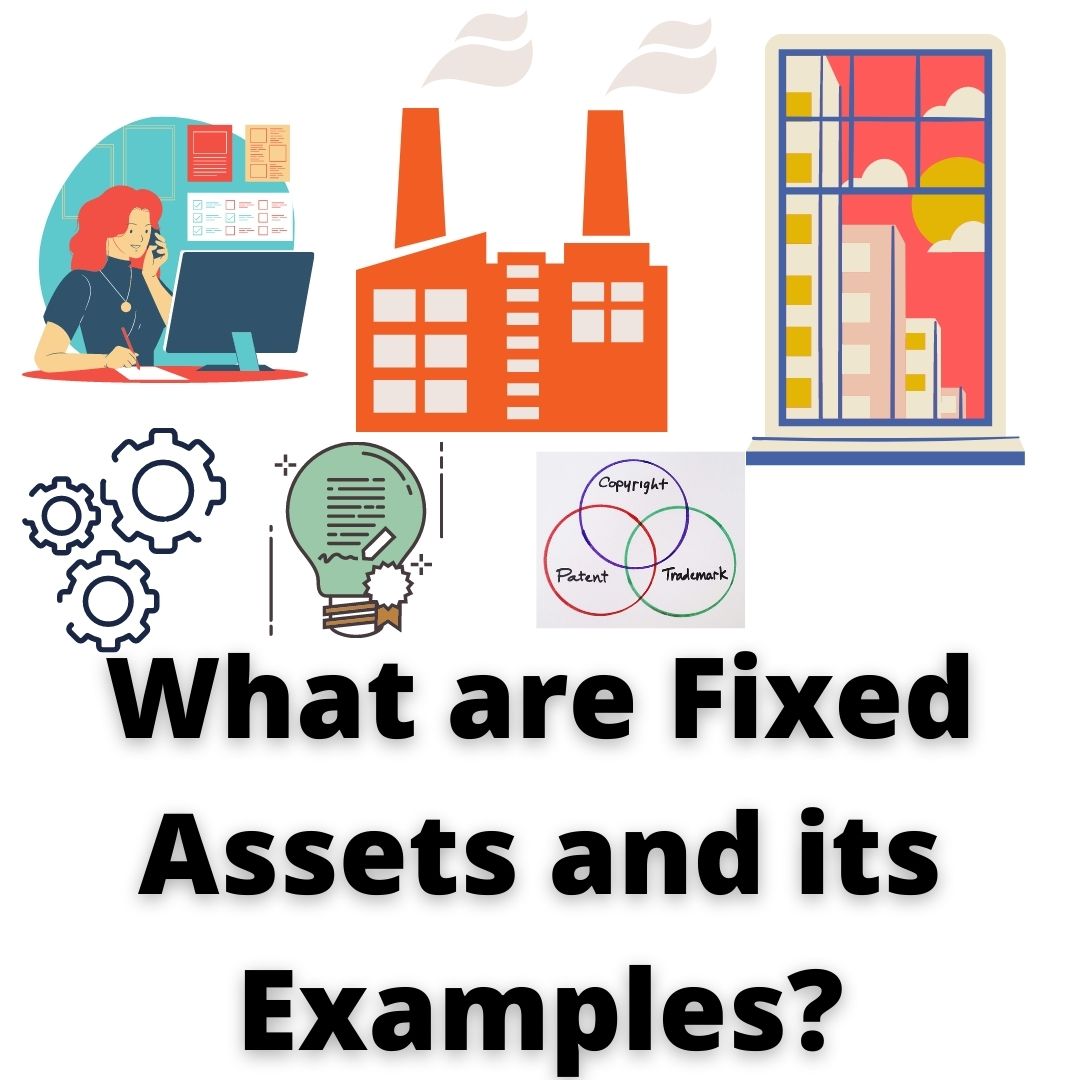What are types of assets and liabilities and their difference ?
What are assets ?
Assets are those which we have control right and which we own and in near future it will gives some economic benefits . The term ‘asset’ signifies all kinds of resources that help generate revenue as well as receivables. An asset is nothing more or less than a thing that you own outright that holds value and can be exchanged for cash.
Assets are resources that often help to reduce expenses, improve profitability and generate robust cash flow as they help convert raw materials or can be converted into cash or cash equivalents. They can be quickly sold or exchanged. They are resources are reported on the left side of the Balance Sheet .If we bought car ,House all these are assets. Whereas liabilities are our obligation to pay. In broader sense, all receivables are categorized as assets while the payables are categorized as liabilities.
Assets are computed by adding Capital (owners’ equity ) + liabilities.
Formulae is Assets = capital (owners’ equity ) + liability
Example
- Land and building
- Plant and machinery
- Furniture and fixture
- Cash
- Goodwill
- Patents, trademark, and Copywrite
- Debtors
- Prepaid expense
- Investment and fixed deposit
- .and many more
Types of Assets
As per nature of Assets these may be categorized into following.
Fixed Assets
Fixed assets are long-term assets that a company has purchased and is using for the production of its goods and services. They are those which are acquire for continued use and last for many years .They are permanent and nature used in the operation of business and not intended to be sold.
Example :
- Land and building
- Plant and Machinery
- Motor vehicles
- Furniture
- And more
Tangible Assets :
Tangible assets are assets which have physical existence, they include
examples
- Cash
- Stock
- Vehicles
- Machinery
- furniture
- Buildings and many more
Intangible Assets
An intangible asset is an asset that is not physical in nature. Examples of intangible assets include goodwill, brand recognition, copyrights, patents, trademarks
Current Assets
Current assets are those assets which are either in the form of cash or can be converted into cash within one year of the date of finalization of accounts.
There are five main kinds of current assets:
- Cash and equivalents.
- Short- and long-term investments.
- Accounts receivable.(Debtors)
- (Stock)
- Prepaid expenses.
The value of closing stock is valued at cost or market value which ever is less and provision need to be deducted before getting the the value of debtors .
Liquid Assets :
Liquid Assets are those which are either in the form of Cash or can be quicky converted into cash such as cash , bill receivable short term investment .Debtors, Accrued income etc. Now if we exclude prepaid expense and closing stock from current Assets the balance will be liquid Assets
Fictious Assets or Nominal Assets :
Fictitious assets are expenses & losses which for some reason are not written off during the accounting period of their incidence. They are not assets at all; however, they are shown as assets in the financial statements only for the time being. They are shown on the asset side only for the purpose of transferring them to the profit and loss account gradually over a period of time.
Example : Big amount spend on Advertising expense.
Wasting Assets
A wasting asset is an item that has a limited life span and irreversibly declines in value over time. example patents or properties took on lease for defined period.
What are liabilities ?
Liabilities are legally binding obligations that are payable to another person or entity. Moreover, some liabilities, such as Creditors ,bills payable, outstanding expenses, income taxes payable, are essential parts of day-to-day business operations..
Liabilities need to manage smartly in business operation otherwise poor management of liabilities may result in significant negative consequences, such as a decline in financial performance or, worse, bankruptcy.
Liabilities are computed by Deducting Capital (owners’ equity ) from Asset.
Formulae is Liabilities =Assets – capital (owners’ equity )
Example of liabilities
Categories of Liabilities
Fixed or Long-Term Liabilities
The liabilities which are to be paid after one year or more are terms as long term liabilities. It is important that the long-term liabilities exclude the amounts that are due in the short-term, such as interest payable. It include public deposit and long term loans etc.
Current or short-term liabilities
Those liabilities which are expected to be paid within one year are known as short term liabilities .
Example
- Bank overdraft
- Creditors
- Bills payable
Outstanding expense and more
Contingent liabilities .
They are those liabilities that may occur depends upon the future event otherwise they may not arise.
- Liability for bill discount :
This is the case if the bill discounted with the bank dishonored by the acceptor on the due date the firm will become liable to pay bank.
- Liability in respect of suit pending in court of law
This would become the actual liability if suit is decided against the firm.
- Liability in respect of guarantee given for anther person:
The firm will become liable to pay the amount if the person for whom guarantee is given fails to meet his obligation.
Note : contingent liabilities are not shown in the balance sheet they are shown on the footnote just below the balance sheet so that their existence may be revealed.
What are difference between Assets and Liabilities.
Assets | Liabilities |
Assets are those which we have control right and which we own and in near future it will gives some economic benefits | Liabilities are legally binding obligations that are payable to another person or entity |
Assets = Capital (owner’s equity + liabilities) | Liabilities = Assets – Capital |
Assets are shown in the debit side of balance sheet | Liabilities are shown in the credit side of balance sheet. |
Assets are depreciable in nature | Liabilities are non-depreciable in nature |
It is responsible for generation of cash flow for a business | It is responsible for outflow of cash from a business |
Types of assets are tangible, intangible, current and noncurrent | types of non-current liabilities are long term(non-current) and current liabilities |


